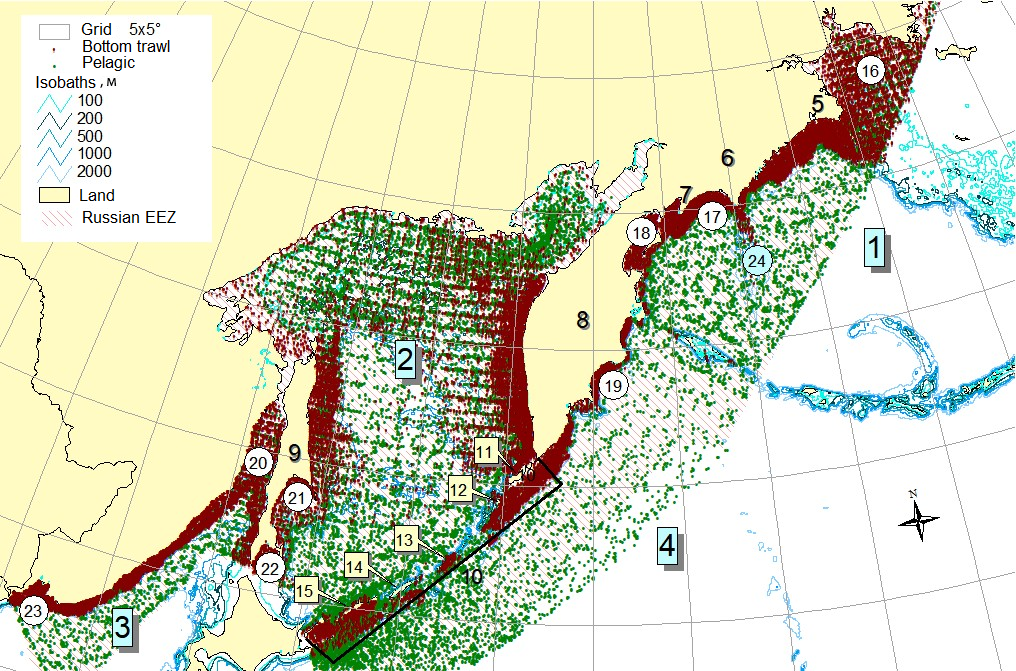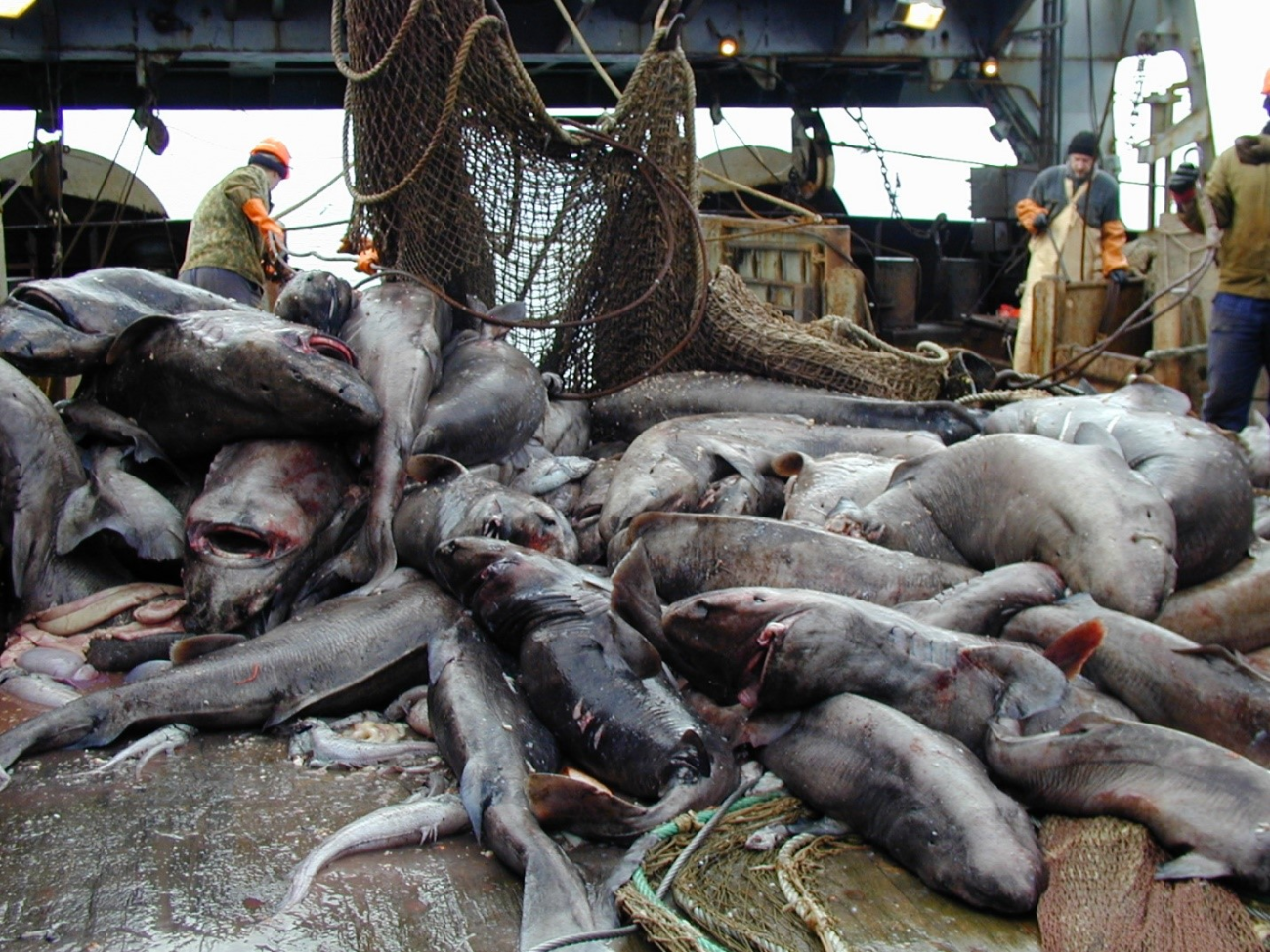
Sharks play an important role in marine ecosystems. As predators of the highest trophic level, they not only represent a link in the food chain through which energy and organic matter are transferred from lower to higher trophic levels, but also consume large quantities of commercial species of invertebrates and fish. Many shark species are of commercial importance. There are about 30 species of sharks found in the North Pacific Ocean, including Russian Far Eastern waters. Among them, five species are the most common: the blue shark Prionace glauca, the shortfin mako shark Isurus oxyrinchus, the salmon shark Lamna ditropis, the Pacific spiny dogfish Squalus suckleyi and the Pacific sleeper shark Somniosus pacificus. The first two inhabit the warm ocean waters of all oceans, and the last three live only in the Northern Pacific.
Employees of the A.N. Severtsov Institute of Ecology and Evolution RAS and the P.P. Shirshov Institute of Oceanology RAS analyzed long-term data for the last 40-plus years (since 1977) on the captures of the five most common species of sharks in Russian Far Eastern waters. The analysis was based on the results of scientific ship observations, which included about 69 thousand trawl stations from the sea surface to a depth of about 2 km (Fig. 1). The purpose of the study was to understand how the distribution boundaries and abundance of sharks in the specified area changed over time. It was found that the widest distribution and maximum catches of salmon and blue sharks were observed in the 1980s. Spiny dogfish was most widespread in the 2000s, with maximum catches recorded in the 1980s and 2010s. The sleeper shark was most widely distributed in the 1980s, with maximum catches occurring in the 2000s. The mako shark was only recorded in our waters in the 1980s and 2010s. The distribution boundaries of different shark species showed different dynamics during the study period. Significant changes in the spatial distribution and position of distribution boundaries are due to both subjective reasons and climatic changes.
The results obtained provide an opportunity to determine and predict the locations of shark aggregations in Russian Far Eastern waters, which may be of practical importance. The Pacific dogfish is fished in Japan, the USA and Canada, but is not caught in Russian waters, although the opportunity is present. The sleeper shark getting into pollock trawls in large quantities (Fig. 2) greatly complicates fishing. Information about areas of its significant concentrations may be useful to fishermen from the point of view of avoiding such places. The mako shark can pose a direct threat to humans (cases of its attacks on people are well known, including in the Far East). Therefore, knowledge about the patterns of its distribution is of particular value.
Article imprint: Orlov, A.M., Volvenko, I.V. (2024). Uninvited guests and permanent residents: long-term changes in the distribution and abundance of the five most common sharks in the northwestern Pacific. Reviews in Fish Biology and Fisheries. https://doi.org/10.1007/s11160-024-09834-6

Related materials:
Fishery: "Science has identified the most shark-rich places in the Far East"
Fishnews: “Science has identified the most shark-rich places in the Far East”
